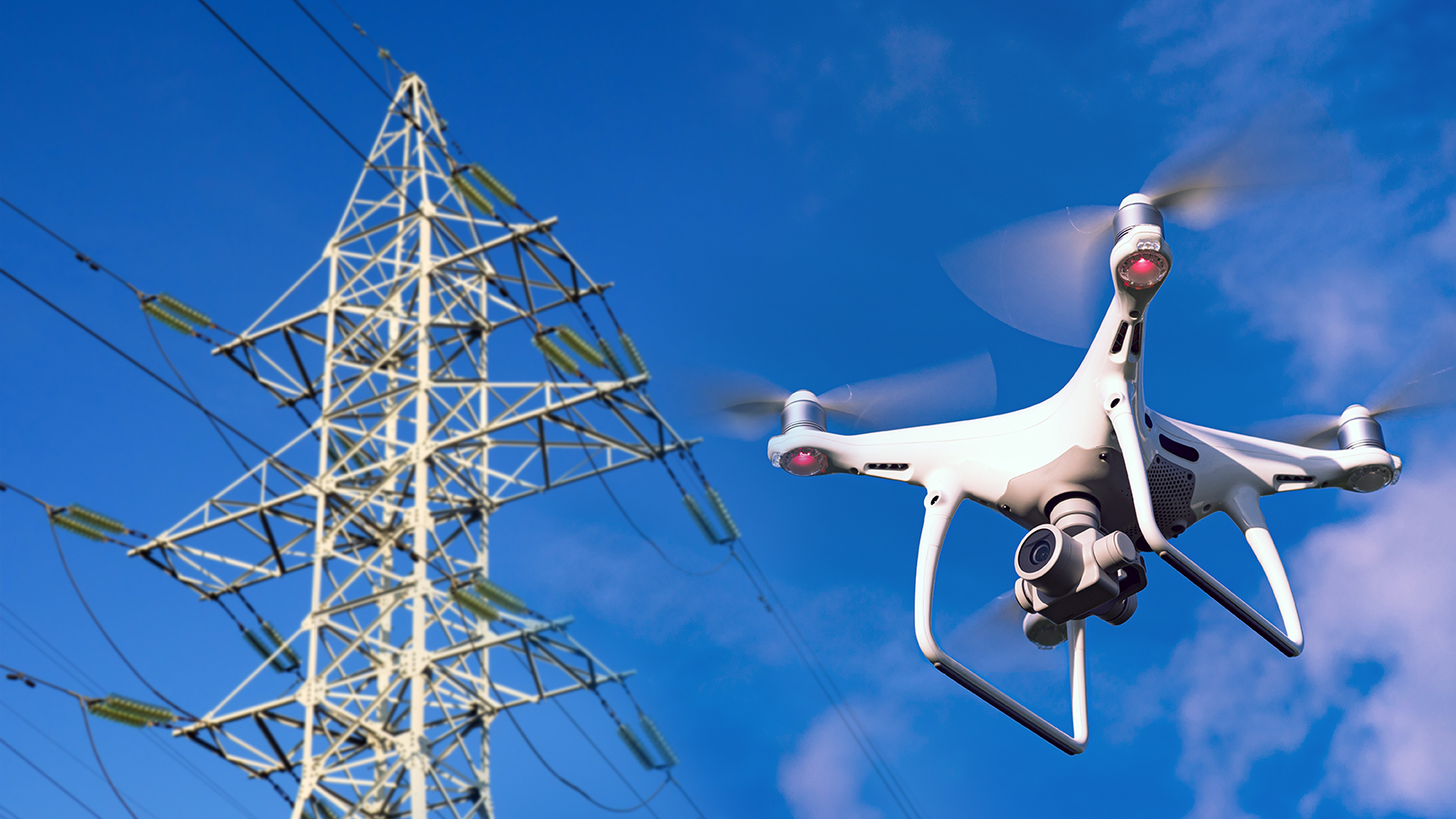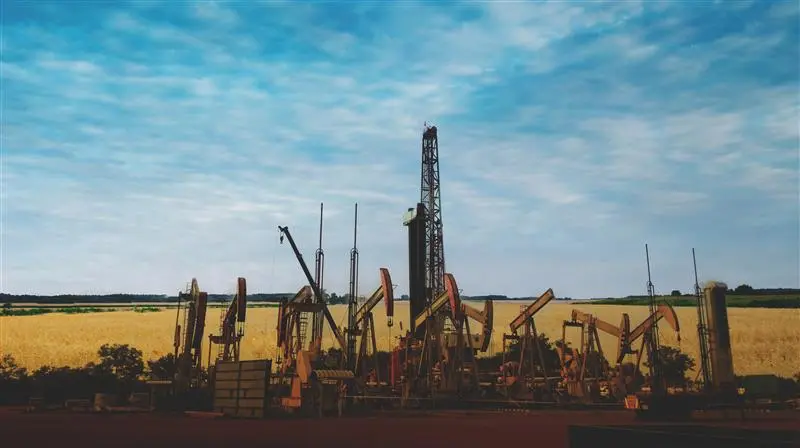Last February, Jefferies wrote that upgrading and expanding grid infrastructure was widely viewed as the biggest obstacle to a net-zero future.
Clean energy investment was surging, but grid development lagged badly. Existing infrastructure was severely unprepared for the projected load growth of the next decade.
A year later, new innovations aimed at modernizing the grid are gaining traction—and one, in particular, is turning heads. Infravision’s drone-enabled power line stringing uses unmanned aerial vehicles to install power lines faster and more cost-effectively than traditional methods.
Could this be the breakthrough that speeds up grid deployment while cutting costs and improving safety? Jefferies’ Sustainability & Transition Team sat down with Infravision’s founders to explore where drone-enabled power line stringing stands today—and what it could mean for the global transition.
This article recaps Jefferies’ interview with Cameron Van Der Berg, Co-founder and CEO of Infravision, and Brian Leveille, the company’s CFO. For a deeper dive into their insights, read the full report from Jefferies’ Sustainability & Transition Team.
A New Approach to Transmission Replacement
The United States needs to more than double existing regional transmission capacity by 2035, according to the Department of Energy’s 2023 Needs Study. A key piece of this effort is replacing aging power lines with new and advanced materials—an effort that’s expensive and, in some cases, risky.
Infravision’s drone-enabled approach is tackling the challenges of transmission replacement head-on. Its proprietary TX System pairs a heavy-lift drone with an electric smart puller tensioner, enabling automated, high-precision power line stringing across long distances.
According to Van Der Berg and Leveille, this system offers three key advantages:
- Safety: The drones take on high-risk tasks—like working at elevated heights or in difficult terrain—reducing the need for direct human intervention. This lowers the risk of accidents while allowing crews to stay focused on other critical tasks.
- Efficiency: Drones can reach remote areas that ground crews and helicopters can’t, helping to speed up project timelines.
- Savings: The system offers lower cost per phase mile than traditional methods while also reducing overhead expenses.
The founders believe these benefits position Infravision to significantly disrupt traditional power line installation.
Infravision’s Market Opportunity & Growth Strategy
Infravision’s drones aren’t just an R&D experiment—they’re already in operation, with real projects and growing scale. Their primary customers are utility companies and engineering, procurement, and construction (EPC) contractors, including a 50-kilometer, 250-megawatt high-voltage line with Powerlink Queensland.
Infravision has also partnered with PG&E to deploy its drones on power lines and is now working with Sterlite Power in India. As global power demand and electrification efforts accelerate, the company expects to expand its presence across international markets.
The company’s total addressable market is significant, backed by $200 billion in planned transmission capital expenditure and $870 billion in distribution capex and opex globally in the coming years. Following a $23 million Series A funding round led by Energy Impact Partners, Equinor Ventures, and Edison International, Infravision plans to double its workforce over the next year.
New Opportunities in the Energy Transition
Drone-enabled solutions create a wide range of opportunities for the energy transition.
They don’t just improve cost and safety efficiencies in transmission installation—they also shorten project timelines, freeing up skilled workers for other transition projects. Additionally, companies like Infravision make large-scale T&D construction more feasible in non-Western countries, where high costs have historically been a barrier.
For more on Infravision’s solutions, check out Jefferies’ full recap of the team’s recent conversation. For deeper insight into the energy transition, climate tech, and related opportunities, explore the Jefferies Sustainability & Transition Team’s work on Jefferies Insights.




